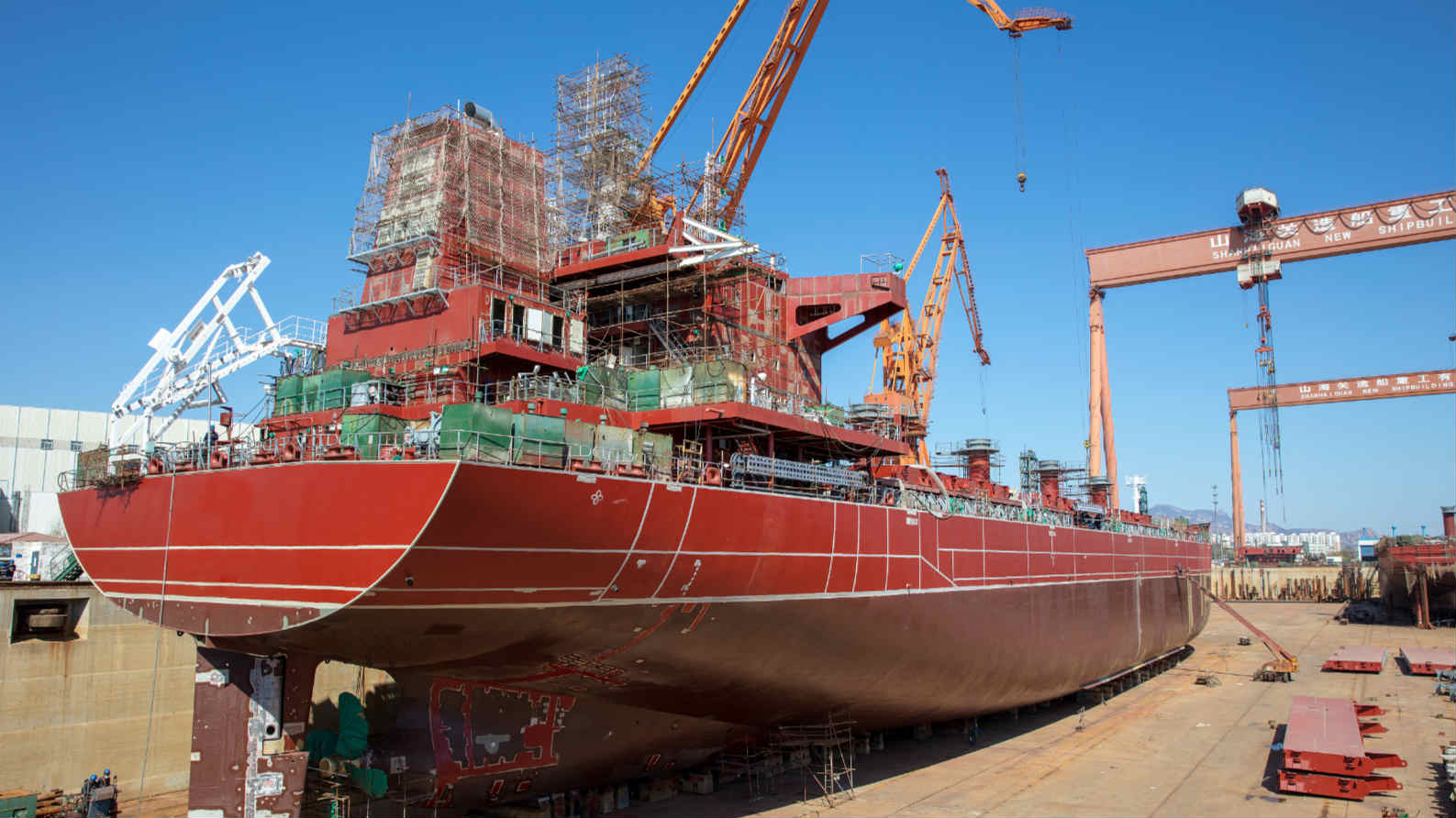
As a versatile and robust material, timber has long been used in various construction projects, particularly in the marine industry. One essential aspect of timber construction is the use of reliable and strong connectors. Timber bolts, also known as economy bolts, dome head bolts, or mushroom head bolts, are among the most widely used fasteners in timber construction projects.
Characteristics of Timber Bolts
- Material: Timber bolts are typically made from high-strength steel, such as low or medium-carbon steel, which offers excellent tensile strength and resistance to corrosion. Stainless steel and galvanized steel variants are also available for applications requiring additional protection against corrosion and other environmental factors.
- Design: The distinctive feature of these bolts is their large, rounded, low-profile head, which provides a wide bearing surface for distributing load evenly across the connected timber elements. This design allows for a secure and tight connection with minimal risk of splitting the wood. The shank of the bolt is threaded, allowing for easy installation and adjustment.
- Size and Length: Timber bolts are available in various diameters, ranging from 1/2 inch to 1 inch, and lengths, ranging from 6 inches to 24 inches. The appropriate size and length for a specific application will depend on factors such as the thickness and density of the timber, the load-bearing requirements, and the environmental conditions.
Applications of Timber Bolts in the Marine Industry
- Dock and Pier Construction: Timber bolts are commonly used in the construction of docks and piers, as they provide a secure connection between wooden beams, posts, and other structural components. The large bearing surface of the bolt head helps to distribute loads evenly, reducing the risk of splitting the timber and increasing the longevity of the structure.
- Shipbuilding: In wooden ship construction, they are used to fasten the planks and frames, ensuring a strong and stable vessel. The bolts’ corrosion-resistant properties make them particularly suitable for maritime applications, where exposure to saltwater and other corrosive elements is a constant concern.
- Seawalls and Retaining Walls: Timber retaining walls and seawalls serve to protect coastal structures from erosion and wave action. Timber bolts are used to connect the wooden components of these walls, providing a strong and durable connection capable of withstanding harsh marine environments.
- Benefits of Timber Bolts in the Marine Industry: Strength and Durability – Designed to provide a strong and secure connection between timber elements, ensuring the structural integrity and longevity of marine constructions. The high-strength steel material and large bearing surface of the bolt head contribute to their exceptional load-bearing capacity.
- Corrosion Resistance: As marine environments are particularly corrosive, timber bolts must be resistant to rust and other forms of corrosion. Various material options, such as stainless steel and galvanized steel, provide enhanced protection against these environmental factors, ensuring the bolts’ longevity and performance.
- Ease of Installation: The threaded shank of timber bolts allows for easy installation and adjustment, simplifying the construction process and reducing labor costs. Additionally, their low-profile head design minimizes the need for countersinking, further streamlining the installation process.
Frequently Asked Questions
1. What are the main differences between timber bolts and other types of bolts?
Timber bolts are specifically designed for use in timber construction, featuring a large, rounded, low-profile head that provides a wide bearing surface for distributing load across connected timber elements. This design minimizes the risk of splitting the wood and ensures a secure connection. In contrast, other types of bolts may not be as suitable for timber construction due to their smaller bearing surface or design features that do not account for the unique properties of timber.
2. How do I choose the right size and length of timber bolt for my project?
Selecting the appropriate size and length of timber bolt depends on factors such as the thickness and density of the timber, the load-bearing requirements of the structure, and the environmental conditions. Consulting with a structural engineer or referencing local building codes can provide guidance on the correct specifications for your specific application.
3. Are there any special considerations when using timber bolts in marine environments?
In marine environments, they must be resistant to corrosion caused by saltwater and other corrosive elements. Stainless steel and galvanized steel variants offer enhanced protection against corrosion, making them more suitable for use in marine applications. Additionally, proper maintenance and regular inspection of the bolts and surrounding timber components can help extend the life of the structure and ensure its continued performance.
4. Can timber bolts be used in conjunction with other fasteners and connectors in timber construction?
Yes, timber bolts can be used alongside other fasteners and connectors, such as nails, screws, and metal plates, to provide additional strength and stability to a timber structure. The specific combination of fasteners and connectors will depend on the design requirements and load-bearing capacity of the structure.
5. What are the most common types of timber used in marine construction, and how do they affect the choice of timber bolts?
Common types of timber used in marine construction include pressure-treated softwoods, such as pine, fir, and spruce, and naturally durable hardwoods, such as teak, ipe, and greenheart. The choice of timber bolts may be influenced by factors such as the density, moisture content, and natural resistance to decay and insects of the timber being used. For example, denser hardwoods may require larger-diameter bolts to accommodate the increased load-bearing capacity, while pressure-treated softwoods may necessitate the use of corrosion-resistant materials to account for the chemicals used in the treatment process.
Timber bolts are a crucial component in marine timber construction, offering strength, durability, and corrosion resistance required in the harsh marine environment. Their unique design, characterized by a large, rounded, low-profile head, provides a secure connection between timber elements and minimizes the risk of splitting the wood. Applications of timber bolts in the marine industry include dock and pier construction, shipbuilding, and seawalls and retaining walls.
When selecting timber bolts for a project, it is essential to consider factors such as the size and length of the bolt, the type of timber being used, and the specific requirements of the marine environment. Proper installation, maintenance, and regular inspection are also critical to ensure the longevity and performance of timber bolts and the structures they support.
In summary, timber bolts are a vital and versatile fastener in the marine industry, providing the necessary strength and durability for a wide range of timber construction projects. Their unique design, corrosion-resistant materials, and ease of installation make them an ideal choice for securing timber structures in the demanding maritime environment.
